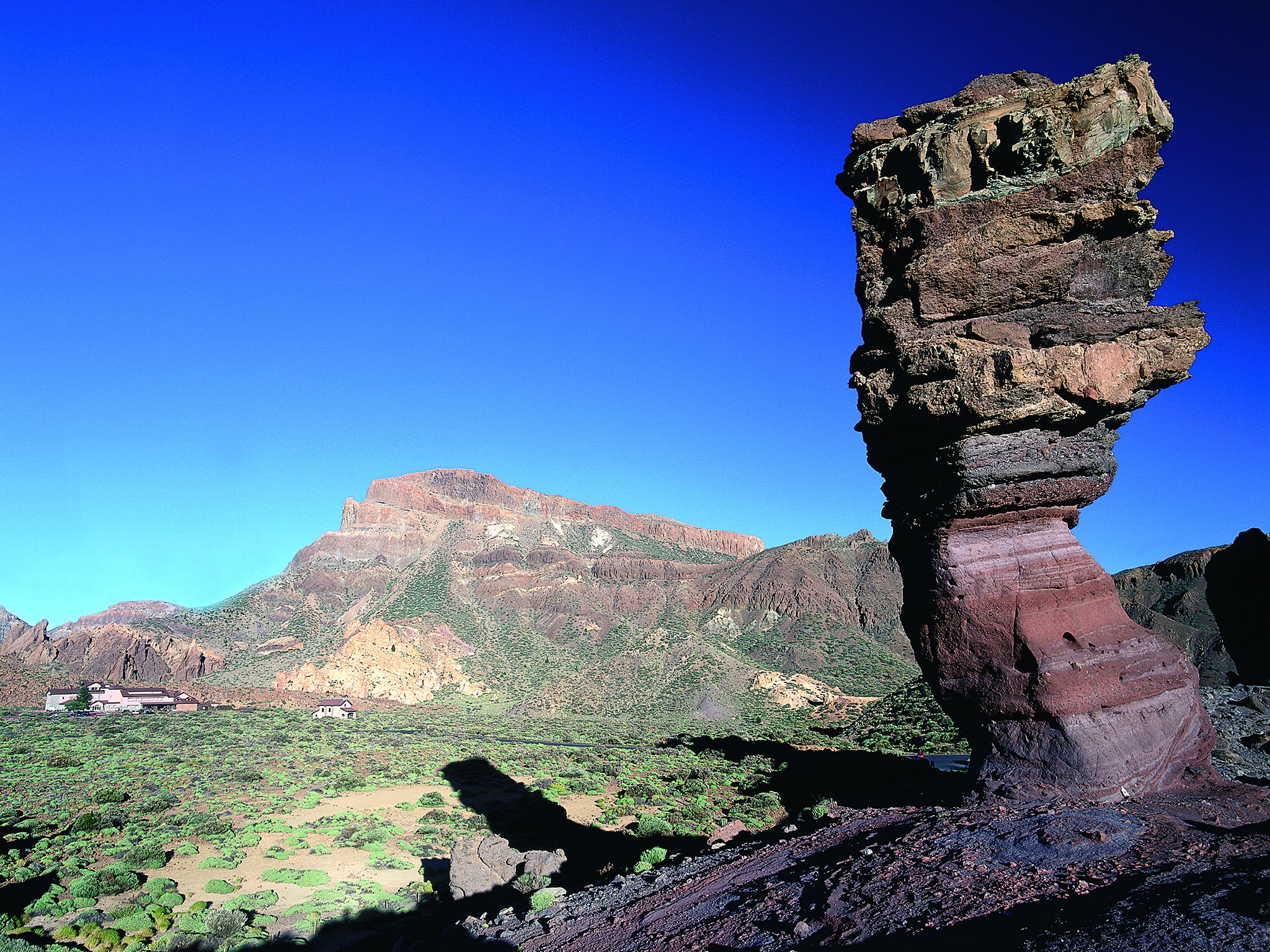Simon Calder: Climbing season is beginning, but be careful
The man who pays his way

It’s the peak season for climbing – but play safe
Peak season begins today. Since the clocks went back last weekend, our corner of north-west Europe seems smothered in gloom. That hasn’t translated into sales for the travel industry, because November is about as off-peak as any month can be in terms of hard cash. There are no school breaks or public holidays to distort booking patterns and inflate air fares. For anyone lucky enough to venture out of the country and below the 30-North line of latitude – which means the Canaries and beyond – November is the ideal time to get away. It is peak season for anyone with the time, money and imagination to travel – especially people who like peaks.
Copper Mountain ski resort in Colorado opens this weekend – the start of an implausibly long season that endures beyond Easter. November is also a good time to climb some of the world’s greatest mountains and trek through astonishing scenery. Teide in Tenerife, the highest mountain in Spain, is largely clear of snow and makes a challenging day hike, at least for the next week or two. And it is the optimum month to appreciate the Himalayas and trek along ancient paths that have connected communities for centuries.
Bryn Thomas writes in his excellent Trekking in the Annapurna Region: “The atmosphere has been flushed clean by the rains leaving the mountains stunningly clear and the weather still warm.” But beware the innate cruelty of the mountains. Two weeks ago, a violent storm slammed against the Himalayas, killing at least 43 people on the Annapurna Circuit. Many of those who died were trying to cross the Thorung La pass. This is a serious undertaking, almost touching 18,000ft – roughly 2,000ft higher than western Europe’s highest mountain, Mont Blanc.
Whether you’re in the Highlands or the Himalayas, weather closing in can turn a very pleasant hike into a frantic life-or-death struggle. In a blizzard, you can barely see beyond your nose, and even when it stops the recognisable trails and other features that bestowed you with a sense of security will be smothered by snow.
Thin air, plus exhaustion, plus extreme cold is a deadly cocktail that can make you groggy at precisely the moment you should be mentally the sharpest you’ve ever been. Failing that, you need strong comrades, whether expert companions or professional guides. It is the job of a poorly paid porter to support you, but not to rescue you.
My brush with a blizzard
I have never trekked in Nepal, but earlier this year I found myself on the highest mountain outside the Himalayas: Aconcagua in Argentina, just under 23,000ft. Like the Annapurna Circuit, the peak is extremely popular. That is not so much due to its aesthetic appeal – which is more about scale than scenery – as the fact that it is one of the Seven Summits, the highest mountains in each continent. Accordingly, every season several thousand people try to climb it, generating millions of dollars for the cash-strapped Argentinian economy.
Buying a peak-season flight to Buenos Aires is just the start. You then need to pay for the privilege of attempting to climb Aconcagua. You are required to attend, in person, the National Park Office in the city of Mendoza, and pay a fee equivalent to £500 (which you don’t get back if you fail to make the summit). As with Nepal, you can opt to travel independently rather than joining a commercially run trip. But everyone must pay for support from a recognised tour operator, which makes the minimum cost around £3,000. With the flights from Britain and some implausibly large steaks in Argentina, you can expect little change out of £5,000. What that buys you is a professional operation, with doctors on hand – partly to help those suffering from the altitude, but also to give everyone a medical check and order those who don’t pass it to descend. The weather is constantly monitored, and rangers will close down the mountain when necessary.
I was fortunate enough to reach the summit just ahead of an unexpected blizzard. Walkie-talkies crackled, and the mountain was abruptly declared closed. Rangers and guides led everyone to safety.
Dollars versus lives
Financially, Nepal is poorer than Argentina; aesthetically, it is richer, “the highest mountains and deepest valleys in the world, with some of its most friendly and welcoming people”, according to Bryn Thomas. It has some excellent trekking operations that obsess about the safety of clients. But I get the feeling that Nepal’s government sees the trekking industry purely in terms of the dollars it brings in and the jobs it creates, and it fails effectively to regulate or invest in the industry to improve safety. I get the impression that if I turned up in a T-shirt, shorts and sandals I would be allowed to trek, so long as I paid the fee.
The disaster on Everest in April, with 16 Sherpas killed in an ice-fall, was another side to the same coin. In the tricky computation of risk, money and life, dollars appear dominant.
Yet trekkers share some responsibility. Time and again in the mountains they press on when they should not, often because they have non-changeable flights. On Aconcagua I might have been slow, but in my back pocket, figuratively speaking, was a flexible plane ticket. Its value in reassurance was priceless.
Subscribe to Independent Premium to bookmark this article
Want to bookmark your favourite articles and stories to read or reference later? Start your Independent Premium subscription today.

Join our commenting forum
Join thought-provoking conversations, follow other Independent readers and see their replies